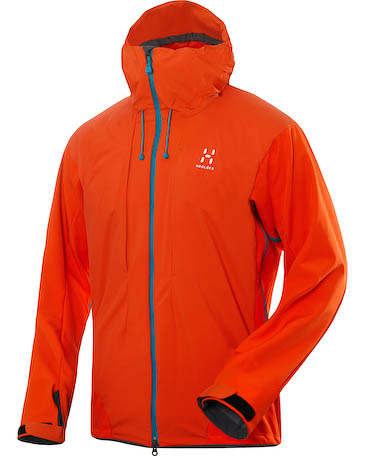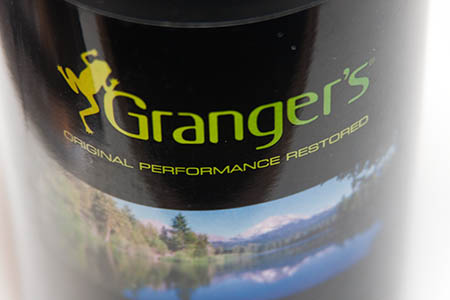A leading brand offering waterproofing for outdoor clothing has revealed it will offer customers a choice of buying fluorocarbon-free treatment next year.
Granger’s said it will continue to offer C6 PFC technology alongside a new spray which does not contain the controversial chemicals.
The company was responding to fears, reported by grough, that outdoor firms face a storm over continued use of the fluorocarbons, also known as PFC.
The subject was raised by Nick Brown, boss of Nikwax, who pointed out the controversy could spread from Germany and central Europe, where Greenpeace International had condemned the outdoor industry over the use of PFC, which the campaign group says is harmful both to the environment and health.
Granger’s said: “Six years ago we were the first aftercare company to become a bluesign system partner.
“In 2007 we were one of the first aftercare manufacturers to stop production of all C8 fluorocarbon-based formulations.
“Since 2007 we have been manufacturing products with shorter chain C6 fluorochemistry which does not produce the harmful PFOS and PFOA by-products associated with C8 chemistry.
“We are constantly researching new water-repellent technologies that might match or improve the performance delivered by the current C6 chemistry we use in some of our proofing products.
“As a result, from 2014, our technically conscious consumers will be able to choose how they want to restore the original performance of their waterproof clothing or kit.”
The company said users will be able to choose between XT Proofer, a high-level proofer offering maximum water repellency using C6 fluorochemistry that matches the original fabric they are aiming to restore, and Performance Proofer Spray.
This uses non-fluorocarbon technology for those consumers who want a non FC proofer for regular use, Grangers said.
It added: “Granger’s continues to develop its wide range of products to help consumers achieve the goal of ‘original performance restored’.
“For over 75 years we have been helping the technically conscious consumer keep their kit, be it boots, tents or clothing, functioning as well as it did on the day they bought it.
“Our products maintain and restore the full range of technical fabrics that are widely used in the outdoor market including: natural fabrics such as merino; synthetic fabrics such as breathable and waterproof membranes used in clothing and tents; and leather.
“Granger’s continues to drive research and development of new technologies for all fabrics used in the outdoor industry.
“Along with working on how we can provide better ways to restore original performance, Granger’s is also at the forefront of recognising and reducing the environmental impact of some waterproofing products.”

The Swedish brand said it is looking at alternatives to fluorcarbons
And high-end gear brand Haglöfs also outlined its position on the chemicals.
It said it was also concentrating on using bluesign-approved fabrics and trims. A spokesperson for the company said: “We have already reached a significant number of bluesign products.
“Together with bluesign we have substituted our use of PFOA and are now using only DWR with C6- or C4-technology in our shell layer concepts.”
But the Swedish brand warned that fluorocarbons still give the best performance at present.
“We are concerned about the use of PFCs and want to substitute the C6- and C4-technologies as soon as we can in these concepts with PFC-free alternative,” the spokesperson said.
“But today there is no DWR with a performance necessary for outstanding shell apparel.
“Haglöfs is using PFC-free water repellent extensively where we can. A good example is general outdoor pants where the need for water-repellent function is not as high.
“We are also part of a research group to develop PFC-free DWRs [durable water-repellent treatments] with the same performance as PFCs. The group is making progress and we hope to commercialise products with the new DWR in a near future.
“Haglöfs is committed to offer outstanding outdoor equipment to the global outdoor enthusiast. We are also committed to act responsible in all our actions.”
bluesign is a textile industry scheme to mark products which minimalise environmental impact during production.
bluesign products have been demonstrated to agreed criteria to manage natural resources soundly and responsibly, reduce water and air emissions, improve waste-water treatment and generally reduce its ecological footprint.

Nick Brown
30 December 2013http://www.arbeidshygiene.nl/~uploads/text/file/CGC%2020110609%20Nemery.pdf
Beware fluorine based water-repellent sprays, especially if they are solvent based.
Inhaling dust containing PFC may also be acutely problematic.
Only ever use a pump spray if you intend to pray and always spray in a well ventilated area.